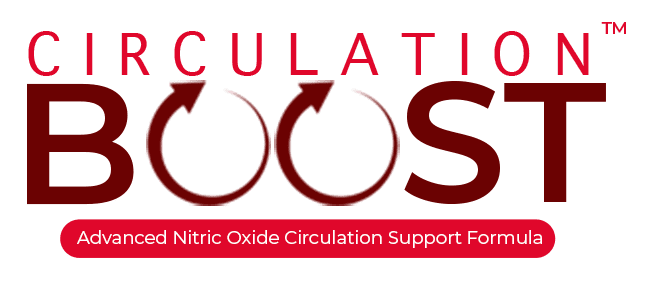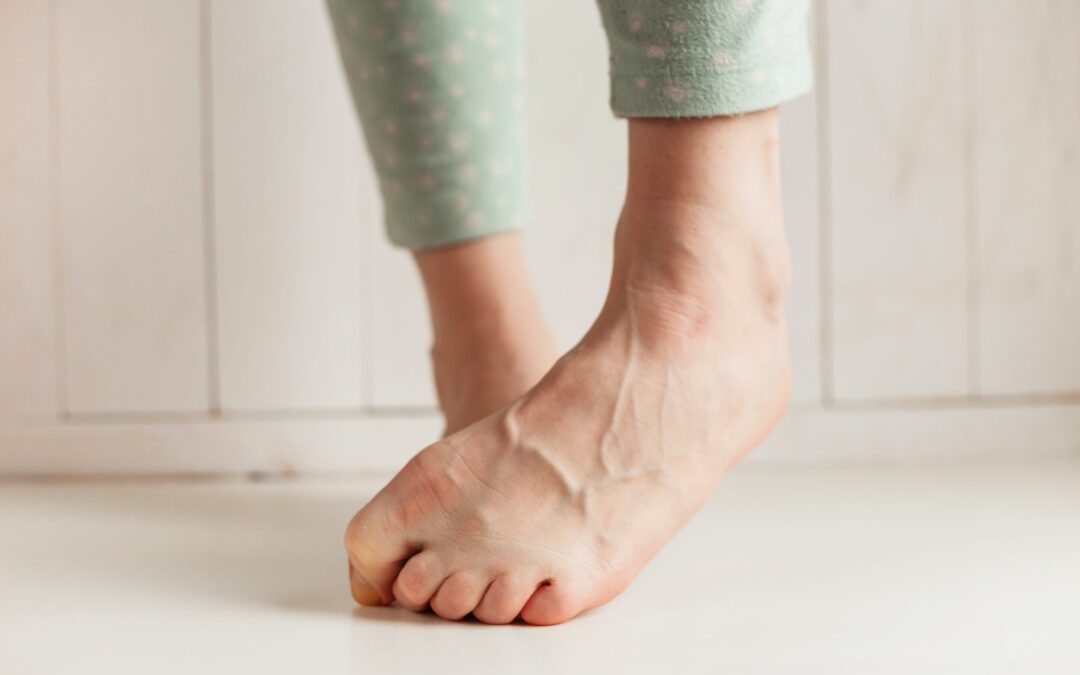Veins are an essential part of our body, but there are a lot of factors that can negatively affect them. Learn how to get healthy veins and keep them that way.
When we think of staying healthy and well, our minds often go to the “big” things like heart health. However, an equally important part of our body that we need to keep healthy is our veins.
There are several factors that have a negative impact on veins like diabetes, heart disease, and obesity. Moreover, vein problems can also be a result of genetics and your family’s medical history.
Veins carry blood and nutrients throughout the body, returning it back to the heart. Any health problems with our veins also affect our heart health – which is why it’s so important to maintain good vein health.
What causes poor vein health?
There are several lifestyle habits that can negatively affect vein health, such as eating poorly and leading a sedentary life. However, two common conditions may come to mind when thinking about vein health: spider veins and varicose veins.
Spider Veins
If you see tiny, blueish, and spiderweb-like lines in your body, these are spider veins. Because of their small size, they usually don’t cause pain or a lot of blood collection.
However, if you have leg pain in addition to spider veins, visit your doctor as it may be a sign of a more serious vein condition. For the most part, spider veins are a cosmetic issue than a health problem.
You can get treatments for them that include sclerotherapy and lasers. However, lasers don’t have the same accuracy, which means a larger area will need to be treated and may not be as effective.
 Varicose Veins
Varicose Veins
When valves in the blood vessels don’t close properly, blood collects and can lead to varicose veins. Varicose veins are the bigger, uglier versions of spider veins and can bulge out from the leg.
People with varicose veins may have an achy, sore, heavy, or tired feeling in the affected legs. Moreover, these veins can cause serious problems sometimes when they develop clots or swell.
Phlebitis is the inflammation of the veins, developing clots that can make the area red, hard, warm, and painful. Risk factors for varicose veins include multiple pregnancies, genetics, history of leg injuries, and sitting or standing for extended periods of time.
How to maintain healthy veins?
There are several things you can do to maintain healthy veins and treat them once you experience symptoms of poor vein health. Primarily, stay active, drink lots of water, eat healthy, don’t smoke, use compression socks, take supplements, and seek treatment.
Staying active doesn’t simply mean exercising regularly (although that helps). It also means getting the blood flowing by regularly moving, especially if you have to sit or stand for long periods of time.
Drinking plenty of water helps your blood remain thinner, which makes it easier to circulate throughout the body.
Eating healthy is great for your overall blood flow and vein health, so make fruits and vegetables a big part of your meals.
Avoid smoking, as the chemicals in tobacco thicken and take oxygen from your blood. Moreover, the nicotine in tobacco products lead to vascular hardening and narrowing.
Lastly, take circulation supplements like Circulation Boost, as they work to improve overall circulation. In the case of Circulation Boost, its main ingredients are l-arginine and l-citrulline, powerful amino acids that are known to improve nitric oxide production.
Nitric oxide is a natural molecule that widens the blood vessels and improves circulation. However, if you experience signs of a more serious condition such as inflammation, fatigue, and heaviness, make an appointment with your doctor.
In the meantime, lead a healthy life and enhance your overall blood flow with Circulation Boost.

